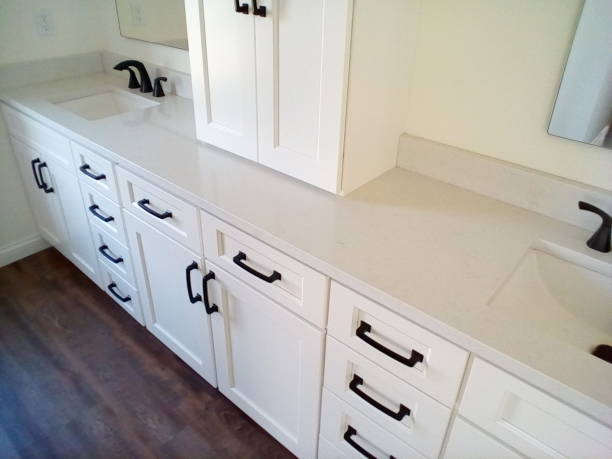In the intricate ecosystem of a hospital, every element plays a crucial role in ensuring efficient operations and, most importantly, delivering top-notch patient care. Among these elements, custom cabinetry emerges as a vital component that not only enhances organization and functionality but also contributes to the overall well-being of patients and staff. Let’s explore the significance of custom cabinetry for hospitals and how it is revolutionizing storage solutions within healthcare facilities.
Tailored Solutions for Diverse Needs
Hospitals are dynamic environments with diverse storage needs, ranging from medical supplies and equipment to patient records and personal belongings. Custom cabinetry offers tailored solutions designed to meet these specific requirements. Whether it’s creating specialized cabinets for sterile instruments in surgical suites or organizing medication storage in patient wards, custom cabinetry optimizes space utilization and ensures that essential items are easily accessible when needed. By providing designated storage solutions for different departments and specialties, custom cabinetry streamlines workflows and promotes efficiency throughout the hospital.
Elevating Hygiene Standards
Maintaining a clean and hygienic environment is paramount in healthcare settings to prevent the spread of infections. Custom cabinetry plays a critical role in upholding these standards by utilizing materials and construction methods that are resistant to bacteria and easy to sanitize. Seamless surfaces and non-porous finishes minimize the risk of contamination, while integrated features such as hands-free operation and antimicrobial coatings further enhance cleanliness. By prioritizing infection control, custom cabinetry contributes to a safer healthcare environment for both patients and staff, reducing the risk of healthcare-associated infections.
Enhancing Patient Comfort and Experience
The hospital environment can be overwhelming for patients, but thoughtful design elements, including custom cabinetry, can help create a more comforting and welcoming atmosphere. Soft-close drawers, rounded edges, and ergonomic handles enhance convenience and safety, while customizable designs and finishes allow for a personalized touch. Custom cabinetry can also be utilized to create calming and aesthetically pleasing spaces, contributing to a positive healing environment that supports patient comfort and recovery. By prioritizing the needs and preferences of patients, custom cabinetry enhances the overall patient experience and promotes better outcomes.
Streamlining Staff Workflow and Efficiency
Efficient workflow is essential for hospital staff to deliver high-quality care in a timely manner. Custom cabinetry can be strategically designed to support staff workflow, ensuring that essential supplies and equipment are readily accessible when needed. By organizing storage spaces and minimizing clutter, custom cabinetry streamlines workflows, reduces downtime, and enhances productivity. Whether it’s optimizing medication storage in pharmacy areas or creating designated stations for medical equipment in treatment rooms, custom cabinetry empowers medical professionals to focus on providing exceptional care to patients, ultimately improving patient outcomes.
Conclusion
Custom cabinetry is a fundamental component of hospital design, offering tailored solutions that optimize space, promote cleanliness, and enhance patient and staff experiences. By addressing diverse storage needs, elevating hygiene standards, and streamlining workflow efficiency, custom cabinetry plays a vital role in delivering patient-centric care within hospitals. As healthcare facilities continue to evolve, custom cabinetry remains a valuable tool for hospitals seeking to improve operational efficiency, enhance patient comfort, and create healing environments that prioritize safety, cleanliness, and well-being.


